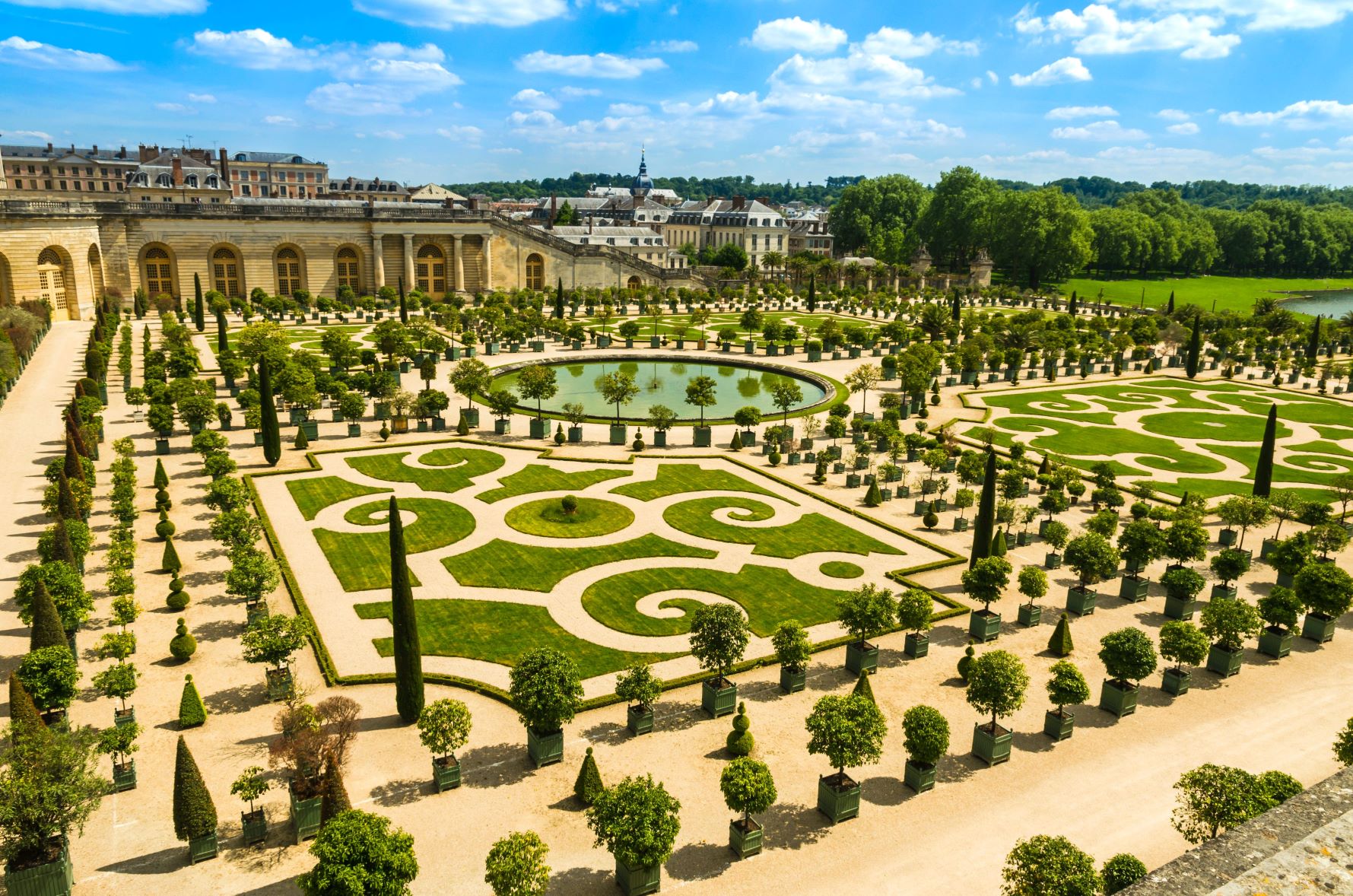THE HISTORY OF TOPIARY
As topiary oozes form and precision, it is no wonder that the practice can be traced back to the ancient Greeks who favoured order and formality. Inevitably, the Romans adopted it and it spread throughout the Empire, including Britain, complementing the architectural tone of the era. The diarist Pliny the Younger (61-113AD) has left detailed accounts of hunting scenes, ships and animals clipped out of cypress trees.
The Dark Ages saw topiary forgotten in Britain until the Norman Conquest in 1066, where the practice was revived by French influence. Topiary has since been in and out of fashion; for more than two thousand years it has been used to indicate wealth, status, classical learning and understanding, and the exotic.







